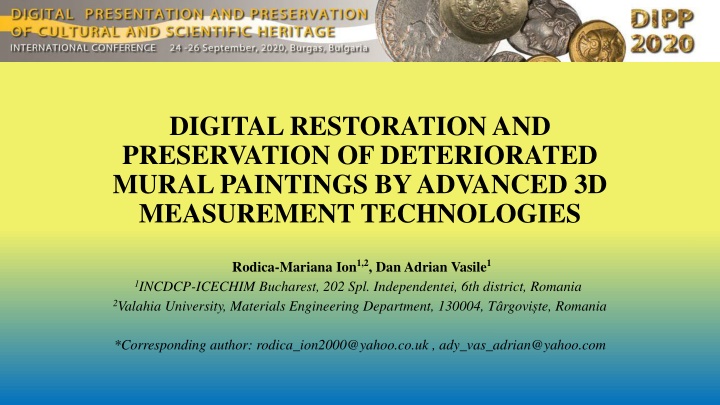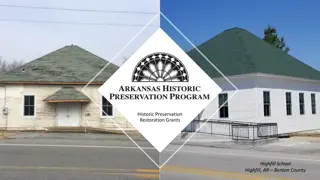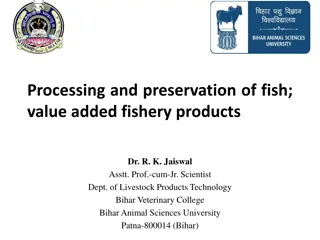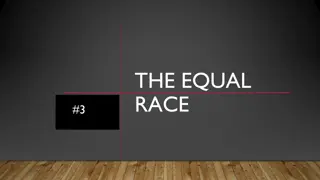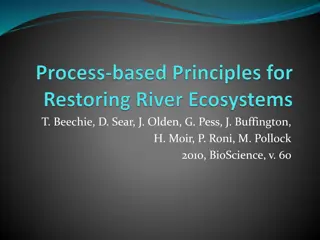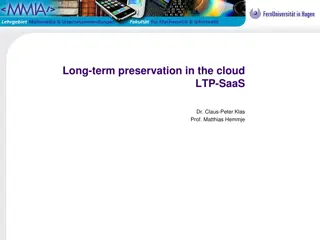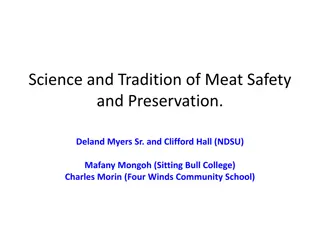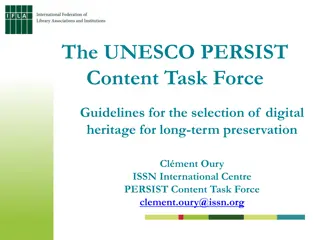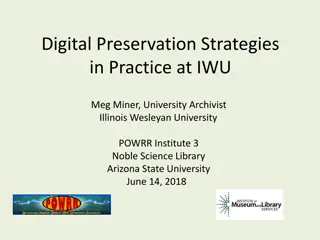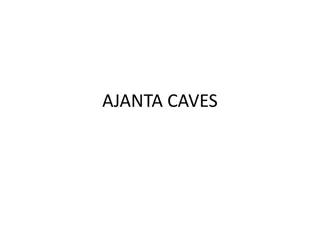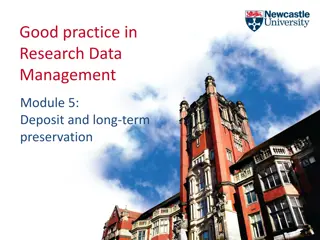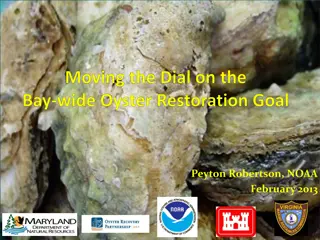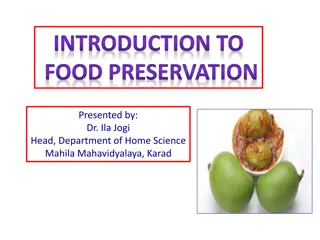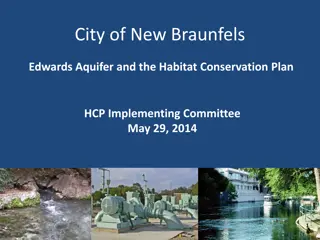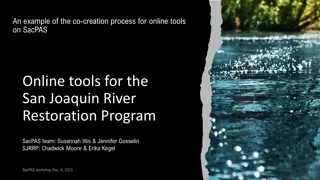Digital Restoration and Preservation of Deteriorated Mural Paintings by Advanced 3D Measurement Technologies
Corvin's Castle in Romania, a Gothic-style edifice dating back to the 15th century, required non-destructive techniques for art analysis and preservation. This study utilizes image processing tools like ImageJ and MatLab software to assess and restore deteriorated mural paintings. By quantitatively analyzing changes in painting surfaces, valuable insights are gained for conservation and potential future restorations.
Uploaded on Mar 05, 2025 | 0 Views
Download Presentation

Please find below an Image/Link to download the presentation.
The content on the website is provided AS IS for your information and personal use only. It may not be sold, licensed, or shared on other websites without obtaining consent from the author.If you encounter any issues during the download, it is possible that the publisher has removed the file from their server.
You are allowed to download the files provided on this website for personal or commercial use, subject to the condition that they are used lawfully. All files are the property of their respective owners.
The content on the website is provided AS IS for your information and personal use only. It may not be sold, licensed, or shared on other websites without obtaining consent from the author.
E N D
Presentation Transcript
DIGITAL RESTORATION AND PRESERVATION OF DETERIORATED MURAL PAINTINGS BY ADVANCED 3D MEASUREMENT TECHNOLOGIES Rodica-Mariana Ion1,2, Dan Adrian Vasile1 1INCDCP-ICECHIM Bucharest, 202 Spl. Independentei, 6th district, Romania 2Valahia University, Materials Engineering Department, 130004, T rgovi te, Romania *Corresponding author: rodica_ion2000@yahoo.co.uk , ady_vas_adrian@yahoo.com
Introduction Corvins Castle from Hunedoara, Romania, is a gotic style construction which dates back to the end of the 15th century. Due to its antiquity, it was necessary to develop non-destructive techniques for the analysis and characterization of works of art. Image processing techniques is a relatively new item applied to analysis, preservation and restoration of artwork. Except by other traditional techniques, ancient paintings from cultural heritage can be preserved by computer technologies. These paintings could be deteriorated mainly by different weather agents or human interventions, which cause breaks in the paint, or varnish.
Materials and Methods: ImageJ Software The areas affected by the efflorescence appear in the presented images in the form of white or slightly yellow areas; however, the areas with pigments or paints degraded appear as white veil.
Results The values on the Z axis reflect the intensity of this process. The expression of the results of the quantitative analysis can be done with the function MCV (Morphology Change Value). MCV= 1 ? 1 ? ? 1 ? ? ??? ??? P=number of pixels; n=number of lines; m=number of columns; i,j= position vectors of matrix; where Aij represents the value of a pixel in conditions that do not affect the mural painting (humidity in normal parameters 35 % and salt concentration 0 %) and Bij represents the value of the pixel in conditions that affect the mural picture (humidity 78 % & high salt concentration 10 %). For example on the image that represents the mural B has the dimensions of 1080 x 3443 pixels, therefore there are 3 718 440 points in a 3D diagram (1080 lines and 3443 columns).
Conclusions The observation and recording of the aspects of the pictorial surface allows the extraction of data regarding the technical pictorial execution of the work, it`s state of conservation and previous restorations This informations can also be used to analyze certain parameters related to the potential future restoration of the painting, such as the amount of material that will be used to fill the gaps, or the amount of dye that will be applied to the surface. The more damaged the area in the painting, the more amount of substance is used. Acknowledgements: The work on this paper was supported by the Government of Romania, Ministry of Research and Innovation, Project PFE 31/2018, Enhancing the INCDCP-ICECHIM research and innovation potential within the field of inter-disciplinary and cross-sectoral key enabling technologies TRANS-CHEM and PNIII 51PCCDI/2018.
